Guillermo Del Toro’s Most Disturbing Movie Monsters
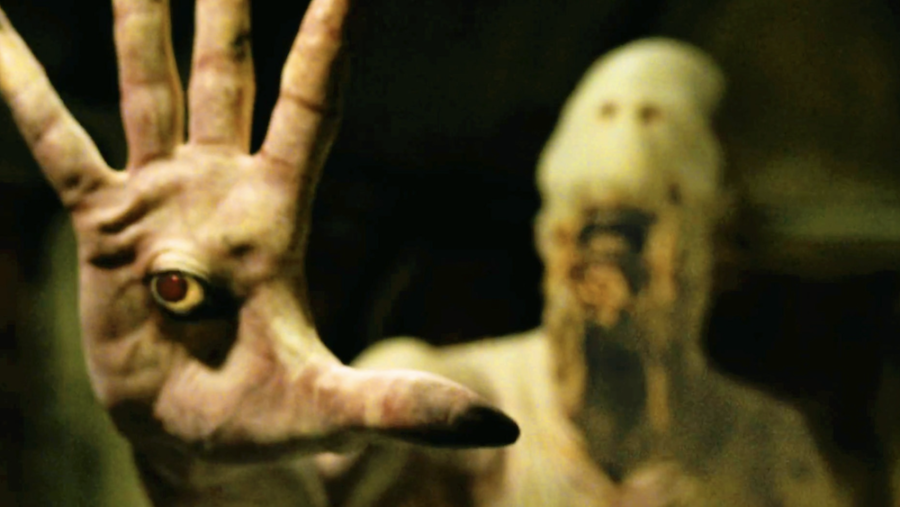
Call him the maestro of monstrous creations: Guillermo Del Toro, more than any other director, weaves nightmares and dreams into a one-of-a-kind tapestry of dark fantasy. Known for his unique blend of horror and beauty, fiction and history, the acclaimed director is responsible for some of the most unforgettable creatures to grace the silver screen. Below, we rank our favorites.
Knifehead – Pacific Rim
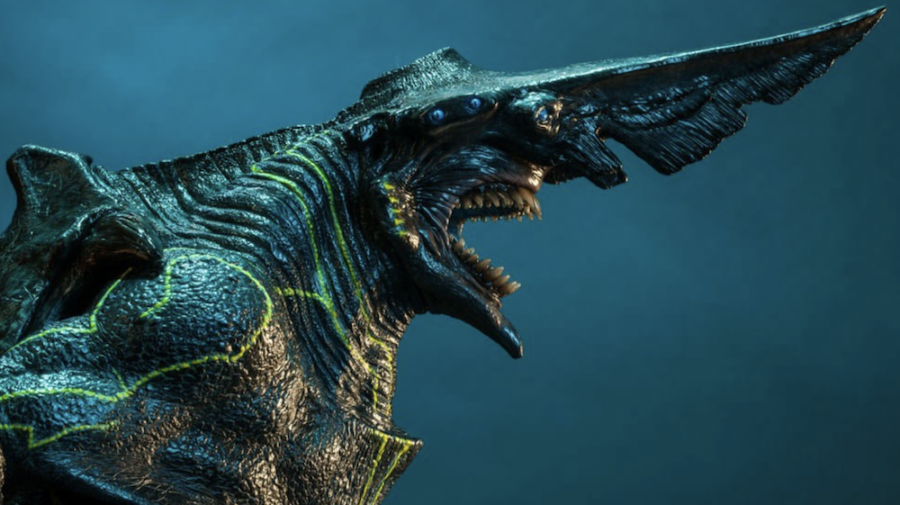
Knifehead enjoys a unique stature (no pun intended) among the array of creatures springing from Guillermo Del Toro’s unique world, not only because this monster is thousands of feet tall.
The humongous, horrifying creature, a Kaiju (Japanese for Godzilla-like monsters taller than skyscrapers), Knifehead is most recognizable for its eponymous, blade-like snout.
Having emerged from a portal on the ocean floor to help destroy human civilization, Knifehead has rows of razor-sharp teeth, defended by jagged, armor-like plating lining its body.
A master of symbolism, Del Toro channels our instinctive, archetypal fear of things lurking in the sea through Knifehead—and it works.
The Judas Breed – Mimic
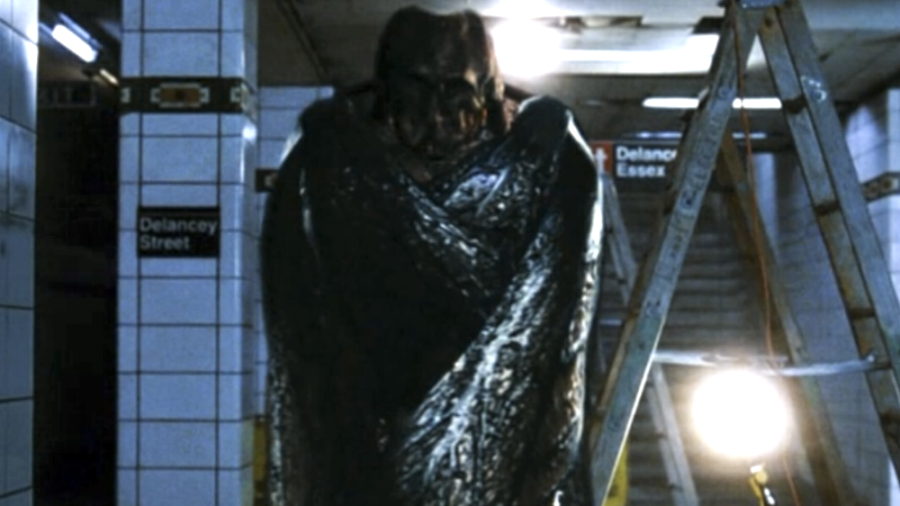
Guillermo Del Toro’s horror-thriller Mimic revolves around a menace—one lurking, not in a supernatural realm, but from the shadowy intersection of human technological ambition, on the one hand, and the unpredictability of nature on the other.
Central to the film’s horror is the Judas Breed, a genetically engineered insect species that stands as a grim testament to the unforeseen consequences of playing God.
Mimic begins with the world—New York City, in particular—grappling with the onslaught of a new, terrible disease spread by cockroaches. In turn, scientists breed a new super-insect intended to rewrite the food chain and gobble up all the cockroaches.
Unfortunately, things never go as planned. The bugs soon evolve into enormous, humanoid fauna—horrifically capable of mimicking their primary predator: humans. Seizing prey from the shadows and breeding eggs in humongous, disgusting sacks, the Judas Breed is hard to forget.
Enolla Sciotti – Crimson Peak
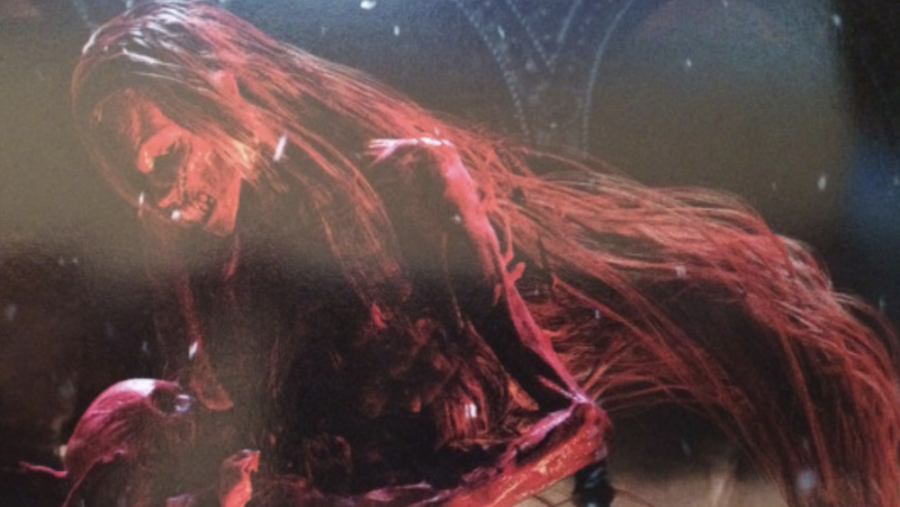
Specters overpopulate the beautiful, terrifying mansion in Guillermo Del Toro’s gorgeously haunting Gothic romance, Crimson Peak. Chief among them: Enolla Sciotti, the embodiment of the mansion’s bloody history and the grim secrets it hides.
Sciotti is a vision of horror—a ghost draped in the mansion’s deep red clay, suggesting the spirit is perpetually soaked in blood, symbolizing the poorly hidden sins of the mansion’s past, the blood spilled, and horrors undertaken within its walls.
Like all the other ghosts in Allerdale Hall, Sciotti performs a dual role, functioning both as a lingering reminder of the mansion’s grim past and a harbinger attempting to communicate its dangers.
Like many of Del Toro’s baddies, she is thus neither completely bad nor completely good. Instead, she represents the gray area between virtue and malevolence. That is, she represents humanity itself.
Santi – The Devil’s Backbone
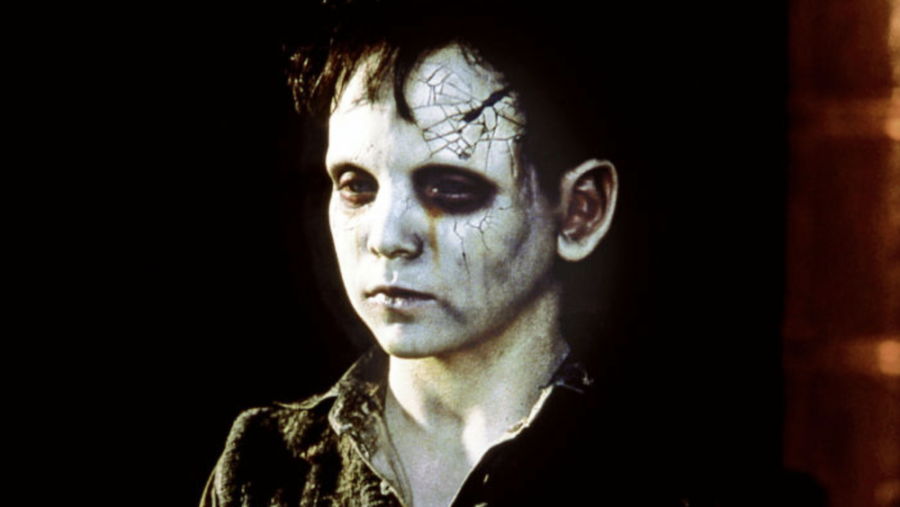
Guillermo Del Toro’s moving, melancholy The Devil’s Backbone represents not merely a Spanish Civil War-era ghost story but a narrative of innocence lost and the horrors of war.
The figure of Santi lies at the center of this story—a poor, ghostly young boy stalking the halls of a Spanish orphanage, whose insistent presence propels the film’s emotional core and chilling atmosphere.
A heart-rending visual, Santi evokes pity and horror in equal measure: his skin is distinctly pale and cracked, and blood perpetually floats upward from a war wound in his head.
This disturbing visage reminds viewers of not only his untimely and violent demise but all the tragic, unnatural loss inherent to war.
Angel of Death – Hellboy II: The Golden Army
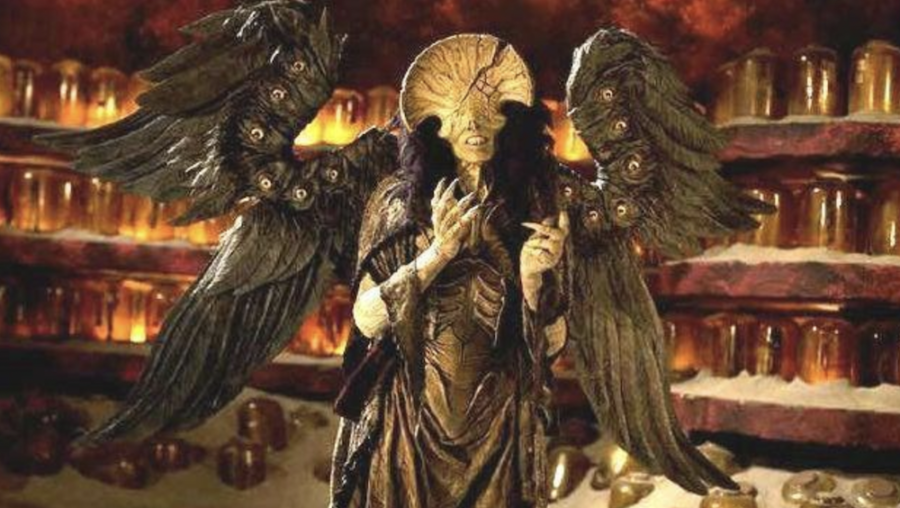
The celebrated sequel in the Hellboy franchise is a vehicle for Guillermo Del Toro’s vivid imagination and affinity for creature design. One of the film’s most engaging and visually arresting creations, the Angel of Death amounts to an otherworldly entity combining horror and elegance masterfully.
Picture lengthy, flowing robes, a towering presence commanding attention, and its most terrifying feature, its face—or rather, its lack thereof.
Indeed, unforgettably, the Angel’s face is a void, featureless, and ink black, compensated for by a multitude of eyes blinking from the folds of its humongous, arching wings. All of which convey an ethereal beauty interwoven with a disquieting aura.
The Pale Man – Pan’s Labyrinth

Who can forget the Pale Man? The nightmarish creature, haunting the environs of a dark, fairy-tell setting, emblematizes Guillermo Del Toro’s penchant for melding horror with profound social and political commentaries.
When fans think of Del Toro, they often irrepressibly imagine the Pale Man’s emaciated, sagging skin, the absence of eyes on his head, and, of course, the presence of eyes embedded in the palms of his hands as he raises them terrifically to his face.
All iconically contrasted by the sumptuous feast before him, untouched save for a single platter: two fairies he has gruesomely consumed.
Reapers – Blade 2
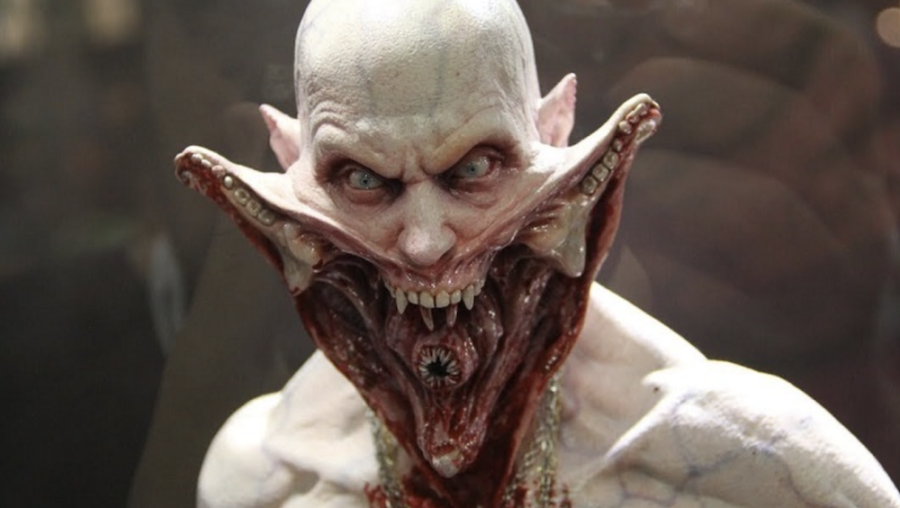
A masterful director, Guillermo Del Toro injected new life into the Blade franchise by handling the series’ second film. More than merely deadly, these horrific creatures represent a more evolved and savage form of feral vampirism, terrifying both humans and vampires alike.
A grotesque mutation of vampires, the reaper’s most unnerving feature is a split mandible, unfurling to reveal a terrifying, elongated set of jaws. If that were not bad enough, the reapers also possess a fleshy, disgusting proboscis to suck blood instead of a less-disgusting pair of fangs.
Even worse, reapers enjoy greater strength and speed. Their hunger exceeds that of normal vampires; they need to feed every few hours instead of every few weeks.












